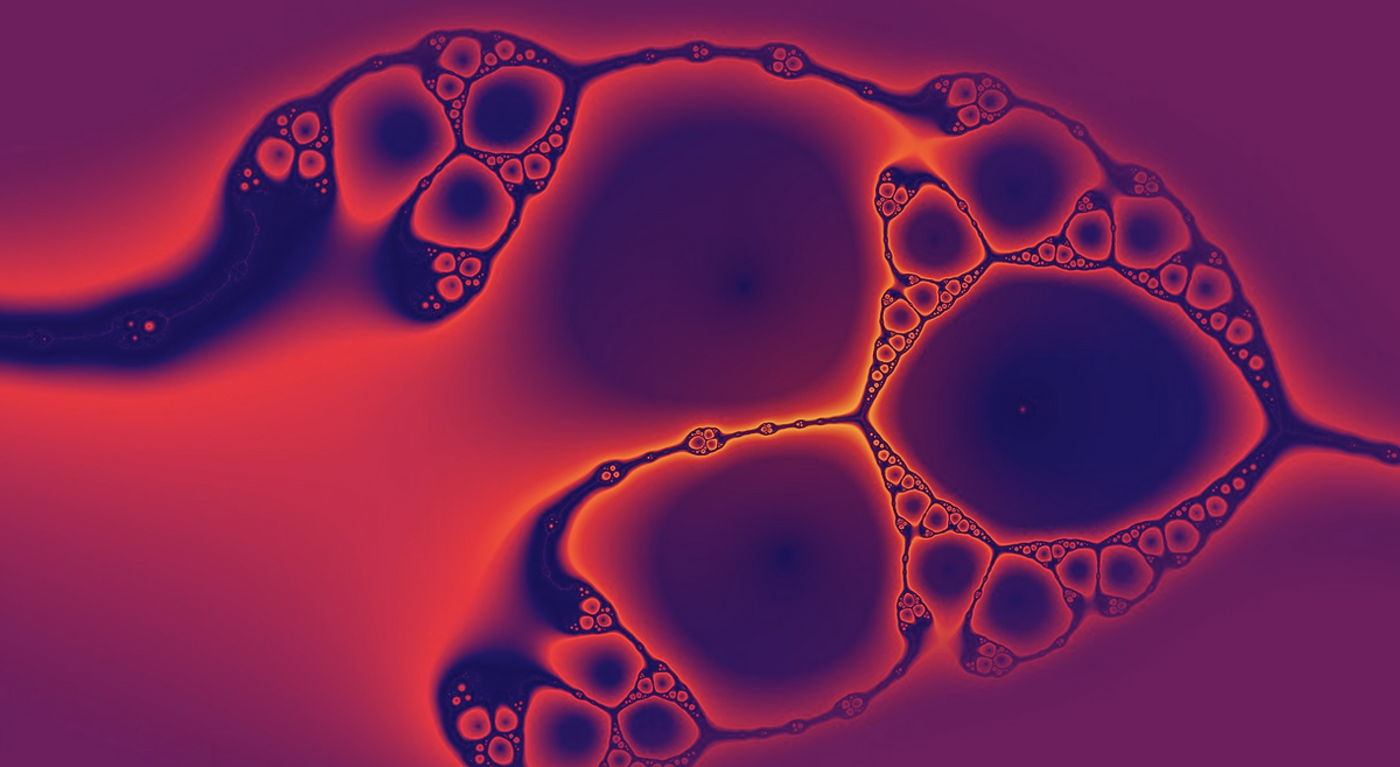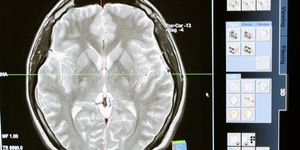Ancient Viral DNA in Our Genome Has a Protective Function
There is viral DNA in the human genome, and each instance traces back to an ancestor who was infected with a retrovirus. HIV might be the most well-known retrovirus, a microbe that can integrate its DNA into the genome of a cell it infects. But retroviruses that infected human ancestors long ago have now become part of our genome, as endogenous retroviruses. About eight percent of the human genome is thought to be made up of endogenous retroviruses, which is a huge proportion compared to the two percent of the human genome that encodes for proteins. The activity of most endogenous retroviruses was once thought to have been silenced in various ways. But studies have shown that many are still functional, often as regulatory sequences. New research has now indicated that one of those endogenous retroviruses appears to now protect human cells from infection in early development.
Previous work has shown that many organisms, including chickens, cats, mice, and sheep, carry genetic remnants of ancient viruses. These endogenous retroviruses can protect cells from modern viruses that are now out in the world, trying to enter new host cells.
In this work, reported in Science, researchers used a human cell culture model to show that endogenous retroviruses can prevent a viral infection. The study suggested that there may be antiviral proteins in the human genome, and these would likely work against viral infections without causing any side effects; they could make effective, safe, new antiviral drugs. There may also be an antiviral defense system in the human genome that we are just starting to learn about, the work proposed.
Retroviral genomes are made up of RNA, which gets converted to DNA in a host cell. That DNA can then integrate into the host cell's genome, and direct the cell to perform various functions, which are typically related to producing more viral particles.
Retroviruses in the genome don't usually pass from one generation to offspring, unless the retroviruses infect cells that produce sperm and eggs. When that happens, the viral DNA can become a permanent part of an organism's genome.
With computational tools, the researchers found human gene sequences that can encode for retroviral envelope proteins that still bind to receptors, and the human cell types that express these genes.
"We found clear evidence of expression, and many of them are expressed in the early embryo and in germ cells, and a subset are expressed in immune cells upon infection," said senior study author Cedric Feschotte, professor of molecular biology and genetics at Cornell University.
The investigators focused on one antiviral envelope protein called Suppressyn, because it binds to the ASCT2 receptor. This receptor also allows Type D retroviruses into cells. Suppressyn was highly expressed in early human development, in the human placenta and the embryo. The placenta is known to be frequently targeted by viruses, and Suppressyn appears to act as a shield.
When the researchers exposed cells to the RD114 type D retrovirus that infects domestic cats, they found that cell types that did not express Suppressyn were readily infected. But, placental and embryonic stem cells were not infected. When Suppressyn expression was eliminated from placental cells, they became susceptible to RD114 infection. If Suppressyn was restored, the cells were protected from infection again.
Additional experiments in different cell lines confirmed these findings. Now, the researchers want to learn more about the function of other proteins derived from viral envelope sequences in the human genome.
Sources: Cornell University, Science









